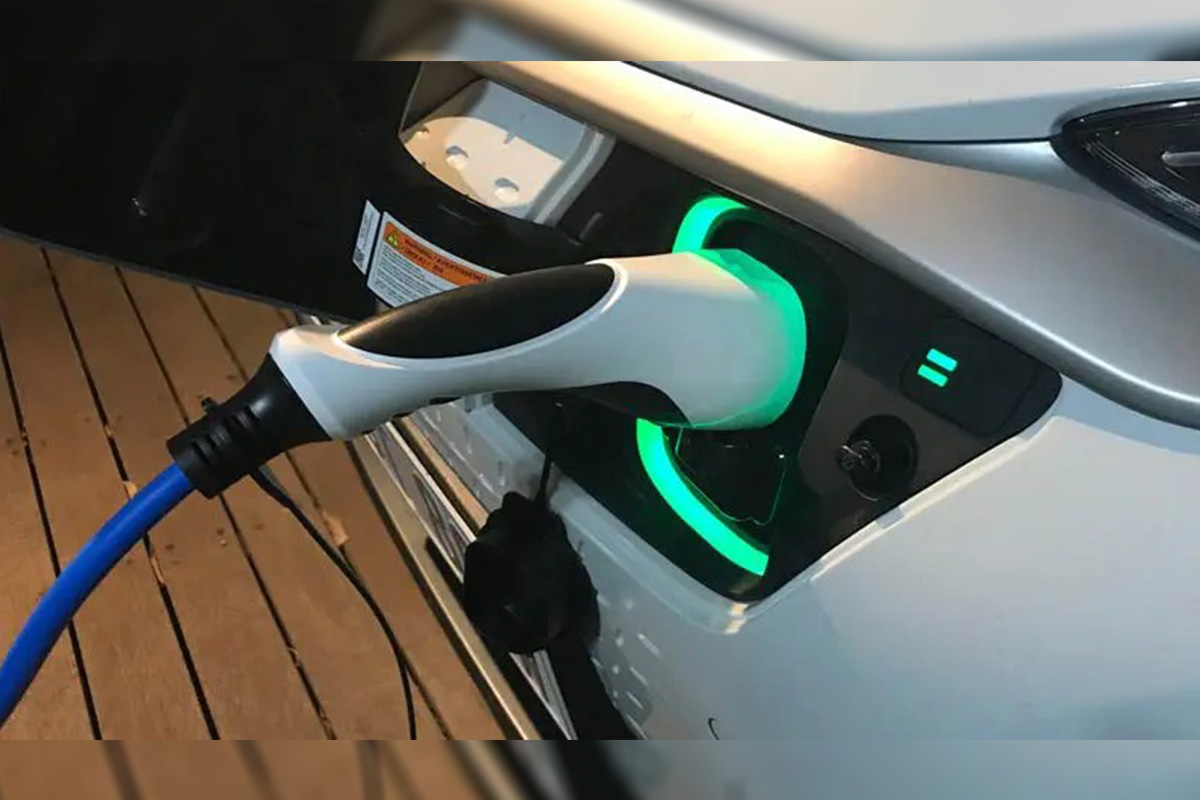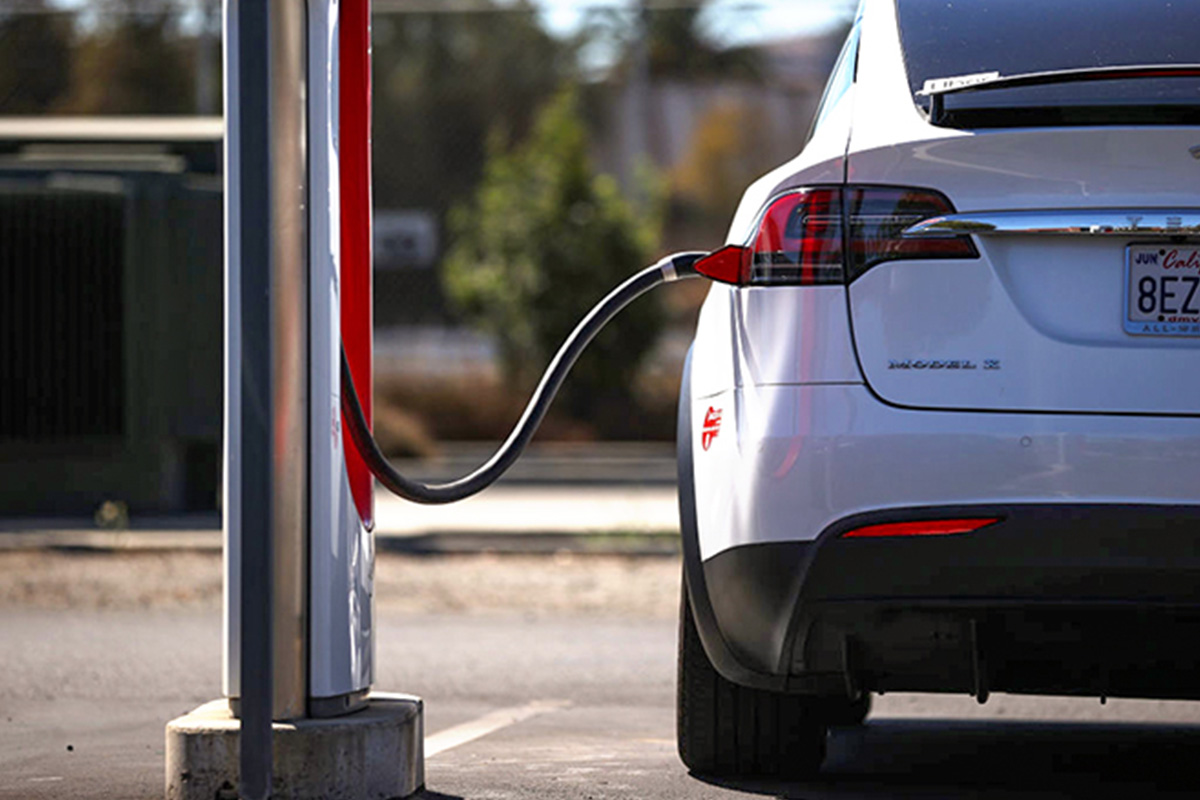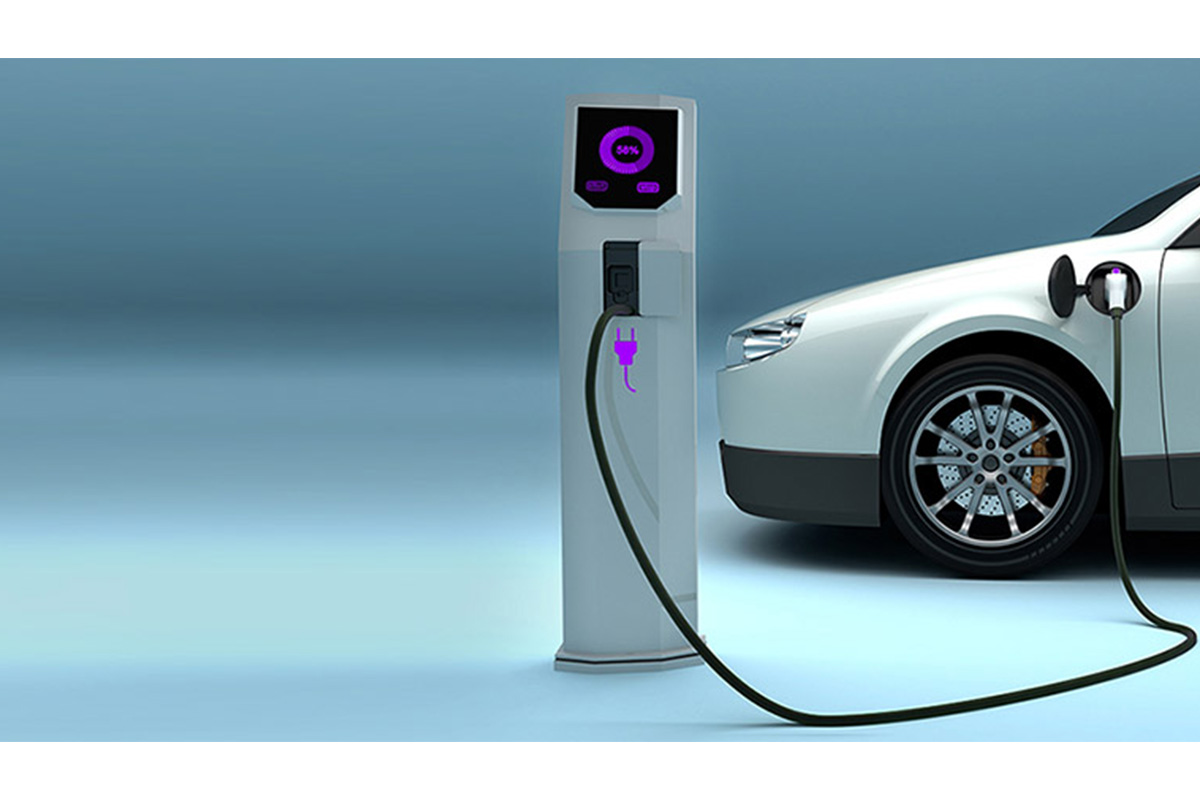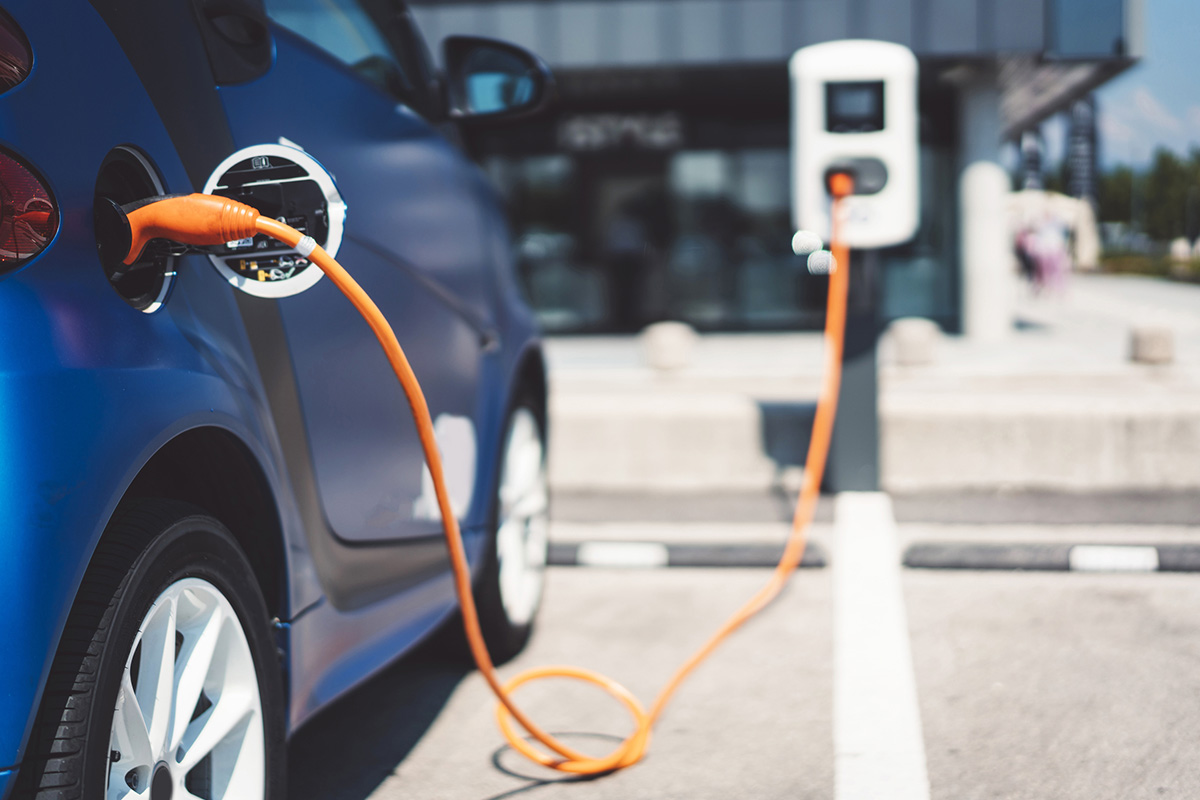Governments are setting aggressive goals to ban sales of Internal Combustion Engine (ICE) vehicles, and there has been a growing commitment by carmakers to achieve net zero goals. However, little attention has been given to developing a smart and flexible energy system. According to global technology intelligence firm ABI Research, households with one Electric Vehicle (EV) could consume 37% more daily energy. Most importantly, EVs will shift peak demand in households from 4-8 kWh to 11 kWh, creating new loads, shapes, and peaks not previously considered in resource plans. Combined with the increasing use of intermittent renewable energy, higher EV adoption will increase the risks of electricity outages in peak periods because the available energy supply will be insufficient to satisfy the demand. On the upside, a wide range of load-balancing solutions can promptly provide the required grid flexibility to support vehicle electrification.
“While many regions have enough electrical energy available to meet the future EV demand, energy supply is not always available when needed. Places like Texas, California, and China are already facing grid imbalances caused by increased electricity usage in peak times. California, for example, witnessed an all-time electrical grid peak load record in 2022, reaching 55,061 Megawatts (MW). That is 6,155 Kilowatts (kW) above the average peak over the past 20 years and enough to power 4.6 million houses,” explains James Hodgson, Smart Mobility and Automotive Principal Analyst at ABI Research. “In the face of these facts, OEMs, end consumers, governments, grid operators, utilities, and other energy supply and distribution stakeholders must work together to enable a smooth transition from ICE to EVs.”
Because re-energizing the existing electrical infrastructure is resource and time intensive, the industry is exploring alternative solutions with a quicker turnaround. Smart charging is, by far, the least complex and most effective tool. Provided chargers are connected to charging operators, strategies such as dynamic power sharing – the ability to control the energy available to plugged-in EVs preventing sites from exceeding their maximum energy capacity – and dynamic pricing – the ability to influence customer behavior by altering price per kWh based on utilization – can easily be deployed with significant results. When chargers and vehicles are connected to the grid, users can sign up for demand response programs and get energy bill rebates or other financial incentives by shifting charging time from peak to off-peak hours or allowing utilities to remotely control the time and rate that plugged EVs are charged. According to OVO Energy, residential flexibility can generate US$6.8 billion in cost savings for the whole system in the UK.
Combining smart charging approaches with bidirectional energy flow opens the possibility of V2G applications, in which EV batteries store excess energy during off-peak times and become energy resources during peak times. Activities by companies like Nuvve show that V2G has a clear ROI for commercial vehicle fleets, especially school buses, but the business model in the consumer segment is still weak. Nevertheless, Kaluza reports that end consumers enrolled in its V2G trial earned an average of £420 a year by selling surplus energy back to the grid. Other effective EV charging optimization solutions include battery-buffered chargers such as ADS-TEC Energy‘s ChargeBox, energy storage, microgrids, charging hubs, and swappable batteries like NIO‘s.
“As EV adoption continues to grow, so will the reliance on electrical energy, and the significant peak consumption increase is worrying. Therefore, ecosystem players must collaborate to deploy tools to balance the grid and develop and adopt standards to make these tools widely available to end consumers,” Hodgson concludes.
These findings are from ABI Research’s Electric Vehicle Smart Charging Platforms application analysis report. This report is part of the company’s Smart Mobility & Automotive research service, which includes research, data, and ABI Insights. Based on extensive primary interviews, Application Analysis reports present in-depth analysis on key market trends and factors for a specific technology.




 , the Electric Vehicle Fluids market is projected to reach
, the Electric Vehicle Fluids market is projected to reach 
